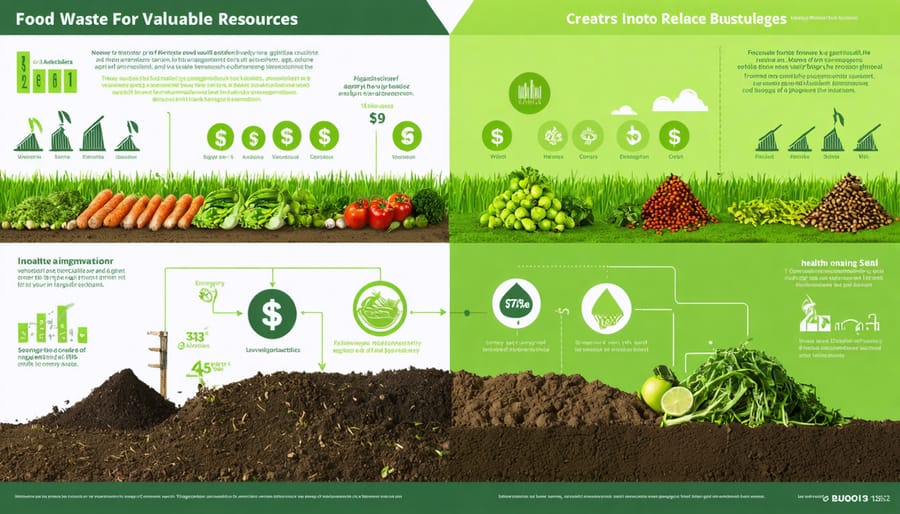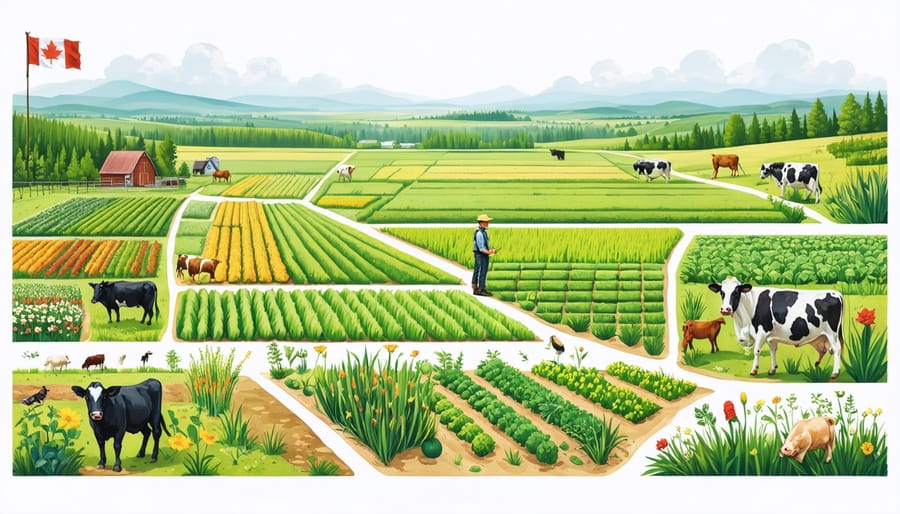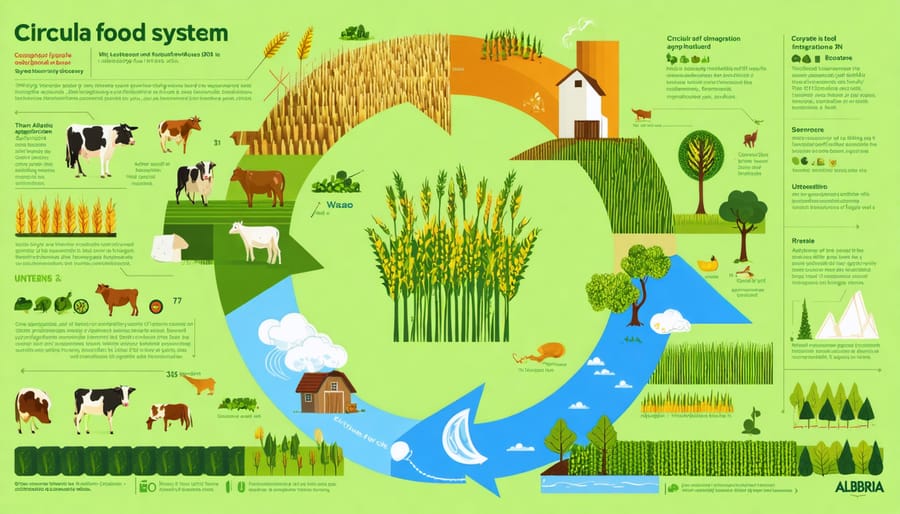As Canadian farmers increasingly pivot toward sustainable agriculture, understanding the distinction between plant-based and vegan diets becomes crucial for market adaptation. While both approaches minimize animal products, they represent fundamentally different philosophies and market opportunities. Plant-based diets focus primarily on consuming whole foods derived from plants but may occasionally include animal products, whereas veganism extends beyond diet into a comprehensive lifestyle that excludes all animal-derived products and by-products. For Alberta’s agricultural community, this distinction carries significant implications for crop selection, processing facilities, and market positioning. Recent data from Statistics Canada shows a 24% increase in plant-based protein crop production since 2019, reflecting growing consumer demand and creating new opportunities for traditional livestock farmers to diversify their operations. Understanding these nuances helps farmers make informed decisions about crop rotation, infrastructure investments, and market strategy development in Canada’s evolving agricultural landscape.
Defining the Core Differences
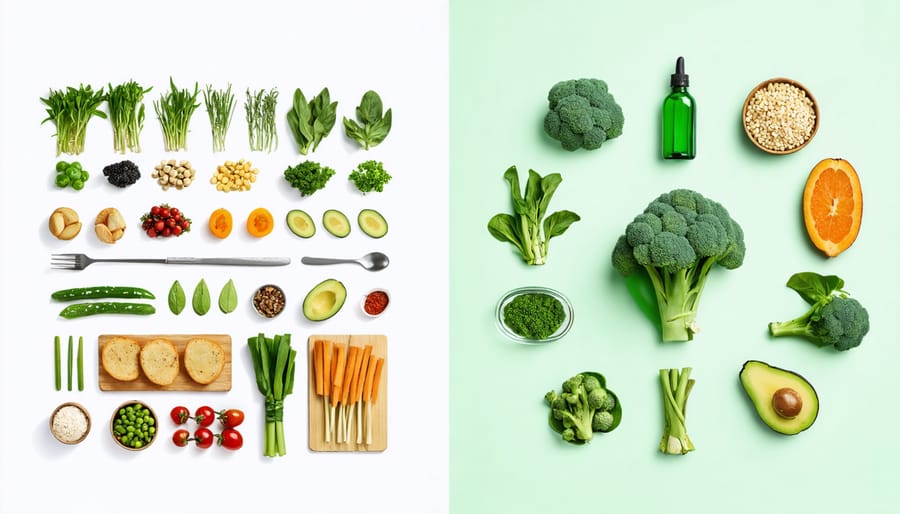
Plant-Based: Flexibility with Purpose
A plant-based diet emphasizes whole foods derived from plants while allowing for occasional animal products, making it distinctly more flexible than veganism. This approach resonates particularly well with Alberta farmers who understand the value of crop diversity and sustainable food systems. Rather than strictly eliminating all animal products, plant-based eating focuses on maximizing the consumption of vegetables, fruits, legumes, whole grains, nuts, and seeds.
For many Canadian agricultural communities, this flexibility proves practical and economically sensible. Farmers can maintain diverse operations while gradually increasing their plant-based crop production to meet growing market demands. The approach allows for seasonal adaptations and regional considerations, particularly important in our varied Canadian climate zones.
Think of plant-based eating as a spectrum rather than an all-or-nothing choice. Some practitioners might choose to include local honey from Alberta beekeepers or eggs from free-range chickens while maintaining a predominantly plant-focused diet. This flexibility helps create a more sustainable and inclusive food system that supports both crop and livestock farmers during their transition to more plant-forward production methods.
Vegan: Beyond Diet to Lifestyle
Veganism extends far beyond dietary choices, representing a comprehensive lifestyle commitment that impacts every aspect of daily living. For Canadian farmers, understanding this distinction is crucial as it influences not just food production but also broader agricultural practices. While plant-based eaters might focus solely on diet, vegans actively avoid all animal-derived products in their clothing, personal care items, and household goods.
This lifestyle choice often stems from ethical considerations about animal welfare, environmental sustainability, and social justice. Many Alberta farmers are noting increased interest from vegan consumers who scrutinize not just food sources but entire production methods. They want to ensure that no animal exploitation occurs at any stage of farming, including the use of animal-based fertilizers or pest control methods.
For agricultural communities, this presents both challenges and opportunities. Forward-thinking farmers are developing innovative solutions, such as veganic farming techniques that eliminate animal inputs entirely. This holistic approach to veganism influences everything from seed selection to soil management, reflecting a deeper commitment to animal-free agriculture that resonates with the growing vegan consumer base.
Impact on Alberta’s Agricultural Market
Market Opportunities for Local Farmers
The growing interest in plant-based eating has created exciting opportunities for Canadian farmers, particularly in Alberta’s diverse agricultural landscape. Market research shows that demand for locally grown legumes, pulses, and specialty crops has increased by 35% since 2020, presenting a compelling case for crop diversification.
Alberta farmers are well-positioned to capitalize on this trend, with our rich soil conditions and established infrastructure supporting the transition to high-demand crops like lentils, chickpeas, and quinoa. Local success stories include the Morrison family farm in Lacombe County, which successfully converted 40% of their traditional wheat operation to yellow pea production, securing contracts with regional food processors.
The plant protein market offers particularly promising prospects, with Canadian processing facilities actively seeking partnerships with local growers. Companies like Merit Functional Foods in Manitoba are offering premium contracts for specific crop varieties, providing guaranteed income streams for farmers willing to adapt their operations.
Support systems are also expanding, with agricultural extension services offering specialized training in sustainable plant crop production. The Alberta Pulse Growers Commission provides resources, market insights, and networking opportunities for farmers interested in exploring these new markets.
For those considering the transition, start-up grants and mentorship programs are available through various agricultural organizations, making it an opportune time to diversify farming operations and tap into the growing plant-based food sector.
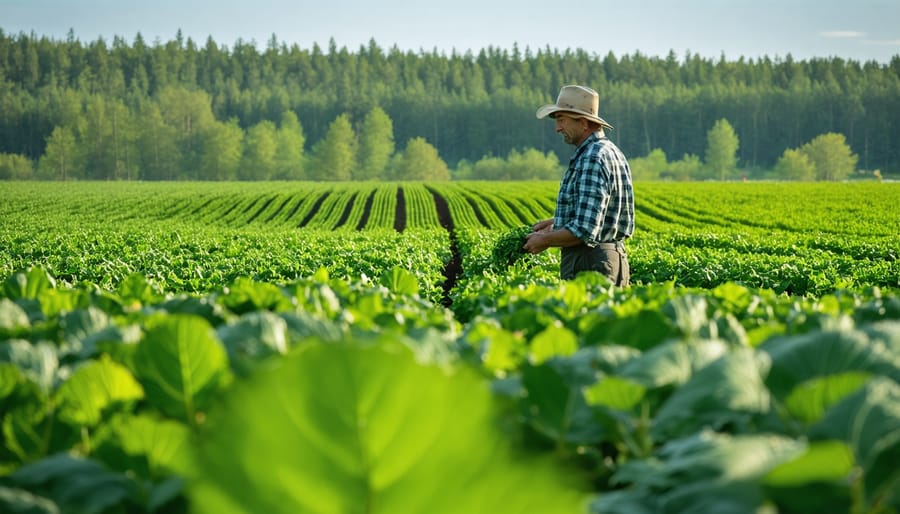
Adapting Farm Operations
As market demands shift towards plant-based options, Canadian farmers are actively transforming Canadian farming practices to meet these new opportunities. The key to successful adaptation lies in gradual, well-planned transitions that maintain farm viability while exploring new revenue streams.
Consider starting with dedicated test plots for high-demand crops like lentils, peas, or quinoa alongside existing operations. Many Alberta farmers have found success by initially allocating 10-15% of their land to these crops, allowing them to learn and adjust without overwhelming risk.
Crop rotation strategies can help maintain soil health while diversifying income sources. For example, incorporating nitrogen-fixing legumes between traditional crop cycles can improve soil fertility while meeting the growing demand for plant proteins.
Infrastructure modifications don’t need to be immediate or complete. Start by adapting existing storage facilities and processing equipment to handle both conventional and plant-based crops. Many farmers have successfully retrofitted grain bins and sorting equipment to accommodate various pulses and grains.
Building relationships with local food processors and distributors specializing in plant-based products can help secure reliable markets. Consider joining farmer cooperatives or forming partnerships to share resources and knowledge during the transition period.
Remember, this isn’t about completely abandoning traditional farming methods – it’s about strategically expanding operations to capture emerging market opportunities while maintaining sustainable practices.
Environmental Implications
Carbon Footprint Considerations
When examining environmental impacts, both plant-based and vegan diets generally result in lower carbon emissions compared to conventional eating patterns. However, the Canadian agricultural context presents unique considerations. Local sustainable farming practices in Alberta and other provinces often integrate livestock as part of regenerative agriculture systems, which can actually help sequester carbon and improve soil health.
For example, rotational grazing practices in Alberta’s rangelands can enhance carbon storage while maintaining biodiversity. Meanwhile, some plant-based products, particularly those heavily processed or imported from distant locations, may carry significant carbon footprints despite being free from animal products.
The key difference lies in implementation: while veganism categorically excludes all animal-related farming, plant-based approaches can be more flexible, potentially supporting mixed farming systems that optimize local resources and minimize transportation emissions. Canadian farmers are increasingly adopting hybrid models that balance environmental impact with practical agricultural needs.
Consider that locally-produced dairy might have a lower carbon footprint than imported plant-based alternatives, highlighting the importance of considering food miles and production methods alongside dietary choices.
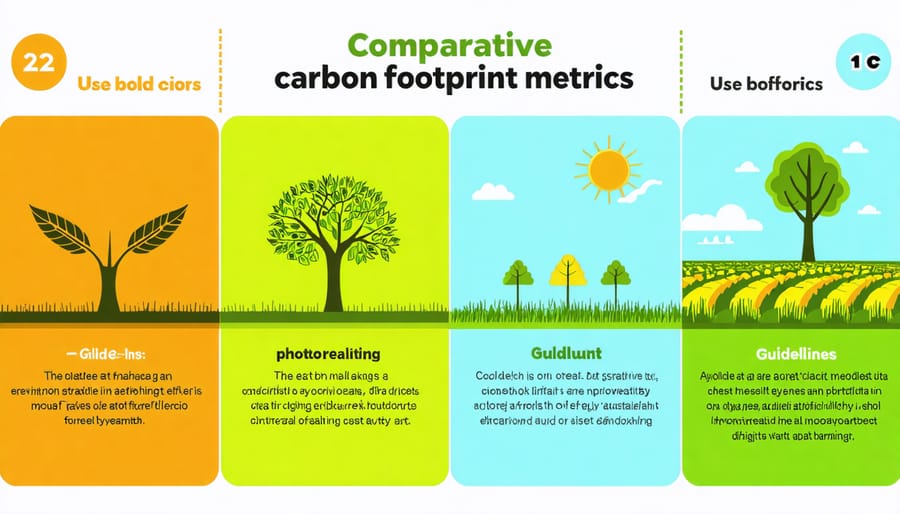
Soil Health and Biodiversity
The agricultural impacts of plant-based and vegan farming systems show notable differences in their effects on soil ecology. While both approaches minimize animal-based inputs, their distinct philosophies lead to varying practices in soil health management and biodiversity conservation.
Plant-based farming systems often incorporate livestock manure and other animal by-products as fertilizers, maintaining traditional nutrient cycling. This approach has shown positive results in Alberta’s clay-rich soils, where organic matter enhancement is crucial. Local farmers report improved soil structure and increased earthworm populations using these methods.
In contrast, vegan farming relies exclusively on plant-based fertilizers, green manures, and crop rotation. While this presents unique challenges, innovative Canadian farmers are successfully using methods like mushroom compost and plant-based fertilizers to maintain soil fertility. Research from the University of Alberta demonstrates that carefully managed vegan systems can achieve comparable soil health outcomes.
Both approaches support biodiversity when properly implemented. Plant-based systems often maintain hedgerows and wildlife corridors, while vegan farming typically emphasizes diverse crop rotation and companion planting. The key lies in choosing methods that suit your specific soil conditions and local ecosystem while meeting your farm’s sustainability goals.
Practical Implementation for Farmers
For Canadian farmers looking to capitalize on both plant-based and vegan markets, implementing a dual-stream approach can maximize opportunities. Start by designating specific fields for crops that appeal to both markets, such as lentils, peas, and quinoa, which are thriving in Alberta’s climate. Consider allocating 20-30% of your acreage to these high-demand crops while maintaining traditional operations.
Develop relationships with both conventional food processors and specialized vegan manufacturers. Many Alberta farmers have found success by partnering with local food co-ops that serve both markets. For example, the Red Deer Valley Food Alliance has helped farmers transition portions of their land to meet certified vegan standards while maintaining conventional crop production.
Implement clear segregation protocols in your storage and handling facilities to maintain vegan certification requirements. This might mean dedicating specific bins or storage areas for crops destined for vegan markets. Track market trends through provincial agricultural reports and adjust your crop planning accordingly.
Consider value-added processing right on the farm. Simple steps like cleaning and packaging pulses can increase profit margins for both markets. Join local agricultural networks and farming cooperatives to share equipment costs and knowledge about serving these distinct but overlapping markets.
Start small and scale gradually based on market response. Many successful Alberta farmers began with 10-hectare test plots before expanding their plant-based and vegan-certified production.
While plant-based and vegan diets share common ground, their distinct characteristics present unique opportunities for Canadian farmers. The growing interest in plant-based foods, which allows for occasional animal products, offers a broader market than strictly vegan products. This flexibility enables farmers to diversify their operations gradually, incorporating plant protein crops like lentils and peas alongside traditional livestock farming.
For Alberta farmers, this transition represents a chance to tap into both markets while maintaining existing revenue streams. By understanding these dietary differences, producers can strategically position their farms to meet varied consumer demands. The future of Canadian agriculture lies in adapting to these evolving dietary preferences while maintaining our strong agricultural heritage.
Consider exploring both plant-based and vegan market opportunities, starting with small-scale trials of high-demand crops. Remember, success in this emerging market doesn’t require an all-or-nothing approach – it’s about finding the right balance for your operation and community.




